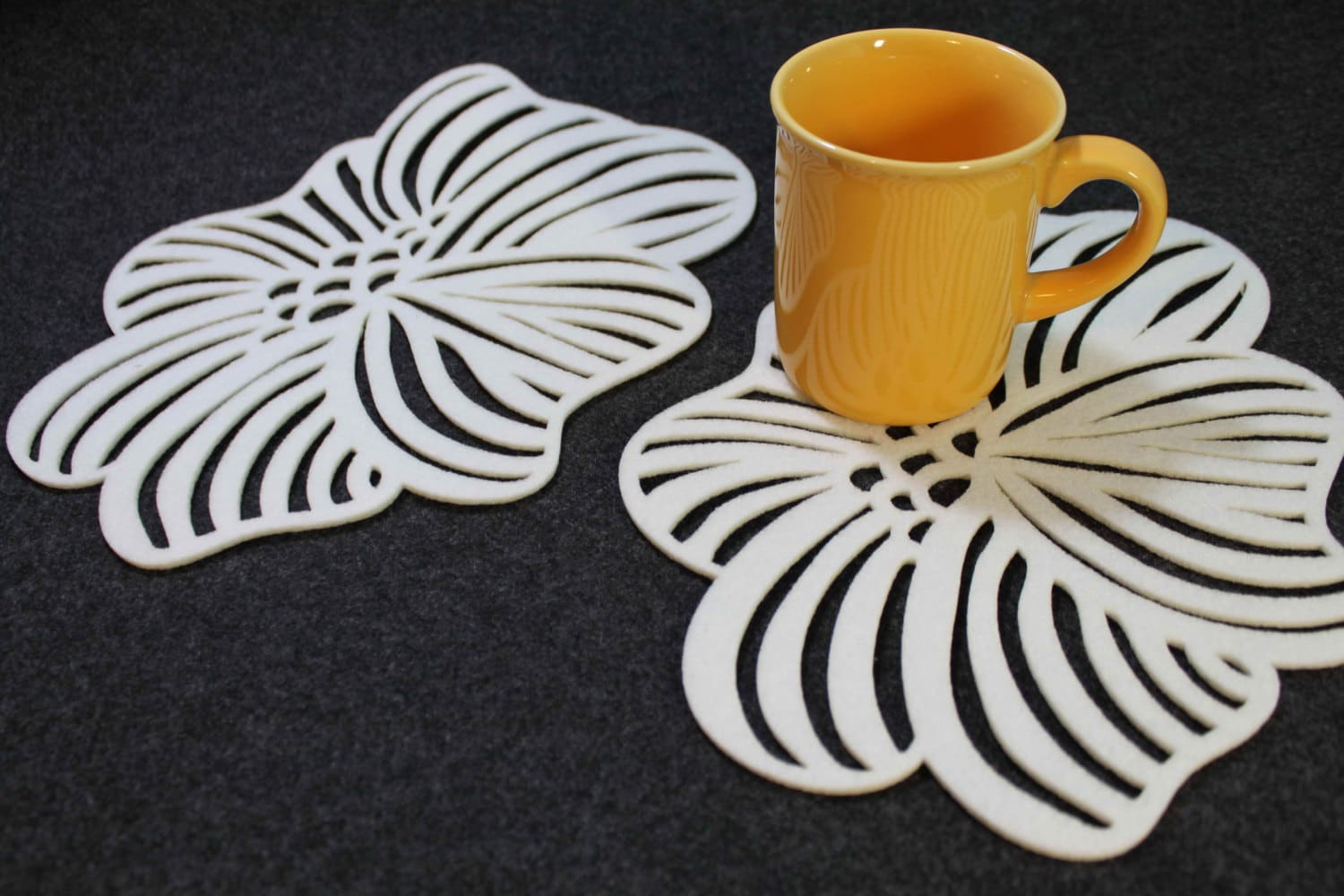The Greatest Guide To Unique Art
3 Simple Techniques For Unique Art
Table of ContentsThe Ultimate Guide To Unique ArtIndicators on Unique Art You Should KnowGet This Report on Unique ArtExamine This Report about Unique ArtUnique Art for Beginners
While one may discuss which art form holds precedence, the fact stays that each of these 7 types provides an one-of-a-kind window right into human history, culture, and advancement. Unique Art. They are the tapestries that chronicle our journey, advising us of our past while inspiring visions for the future
3 Emil DervishIn this entryway by Emil Dervish that stunning cobalt blue door swipes the show. To bring much more dramatization, he expanded the paint. to the doorframe and the wall up, ending up in a curved shape (Unique Art). The curves, along with a round sconce, soften the edges. After that frames classic posters and maps of cherished places set the scene.
Little Known Facts About Unique Art.
8 TRIA GIOVANEqual parts grand and laidback, this foyer created by Anthony Baratta is the excellent plan to adhere to if you're enhancing an official entry that still really feels unfussy and comfy. Patterned textiles take center stage (see the carpetings and the couch), however they also help bring the high ceilings down to a human range when hung over wallpaper.
18 Heidi Caillier DesignA gallery wall does not need to take up the entire area. Often a small one can make a larger design statement. In this living area, Hiedi Caillier chose for micro-mini frames and an arbitrary structure.
, the expression of ideas and feelings, with the development of specific aesthetic top qualities, in a two-dimensional visual language. The components of this languageits shapes, lines, colours, tones, and texturesare made use of in different ways to generate feelings of quantity, area, activity, and light on a level surface area. These aspects are integrated right into meaningful patterns in order to stand for genuine or best site supernatural sensations, to interpret a narrative style, or to create completely abstract aesthetic relationships.
Later on the notion of the "fine musician" created in Asia and Renaissance Europe. Popular painters were paid for the social standing of scholars and courtiers; they authorized their go to this site job, decided its style and frequently its subject and imagery, and established a much more personalif not always amicablerelationship with their clients. During the 19th century painters in Western societies started to shed their social placement and protected patronage.
The 10-Minute Rule for Unique Art
Others gained a revenue through visiting exhibits of their job. The requirement to attract a market had changed the comparable (if much less impersonal) demands of patronage, and its effect on the art itself was probably comparable too. Typically, artists in the 20th century might reach an audience just via business galleries and public museums, although their work may have been sometimes replicated in art regulars.

Do not replicate the design of other musicians if you're looking for your style. Copying other individuals's art work can be great in academic purposes but it will not make you closer to discovering your own special style. Your imaginative style needs to be, what you like and what motivates you.
Some Known Incorrect Statements About Unique Art
I would consider your very own design as a design you paint in naturally, when you release all ideas and rules and just concentrate on painting, not considering it. The style needs to come normally to you when you are unwinded and you can't require it or it will not be your very own design, simply someone else's.
You need to attempt whole lots of different choices and discover every little thing before you can concentrate on one specific style or you'll be bored, or even worse, you'll dislike your very own style. So I suggest you to try each and every single topic that you're interested in, check out as much as you can. Try different mediums that thrill you and new strategies you've never ever tried prior to.
With time you'll have the ability to sort all of them into your preferred and least favored classifications. Attempt to focus your interest on the topics and here tools that you like and prior to you see it coming you'll have your very own personal and unique style, like no person else have! So ultimately you'll have a couple of favorite based on repaint and possibly a few preferred mediums (Unique Art).
Unknown Facts About Unique Art
The style needs to establish itself in time with a great deal of technique and experiments. Thank you for reviewing this article and if you have any questions leave them in the remarks below, I would certainly enjoy to respond to these.